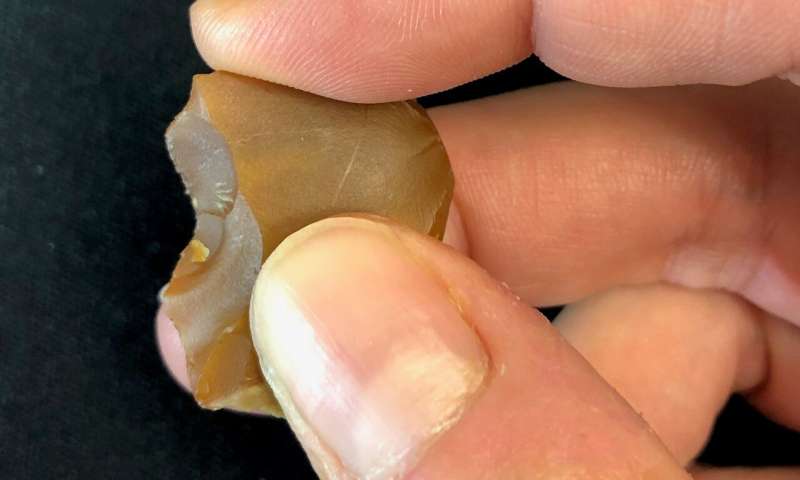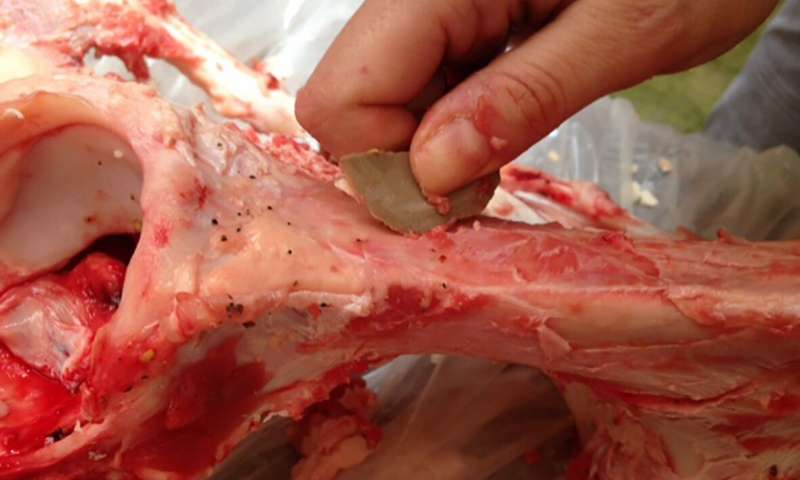In the evolutionary model of human development the Lower Palaeolithic humans (such as Homo erectus), responsible for the Acheulian stone tool assemblage, mostly hand axes and cleavers, are generally considered as primitive – and more primitive than the Middle Palaeolithic (Neanderthal/ Denisovan etc) and many streets more primitive than Upper Palaeolithic modern humans. One can read in books and in articles, written or posted on the internet, that these early hunter gatherers did not increase their technological skills in stone tool making over many hundreds of thousands of years, virtually stagnant in technique for a million years. In other words, brutish and backward. However, evidence has now emerged they also used tiny flint tools out of discarded flint splinters as part of a comprehensive animal butchery tool kit – see https://phys.org/news/2019-09-early-humans-tiny-flint-surgical.html … which shoudl actually be unsurprising but is presented as surprising – but why is that so. The problem appears to be it is assumed Homo erectus was assumed to be several levels more backward than we are – as that is what evolution would require (development over time). This has coloured the imagination – and exhibits of early humans in museums. They lived much further back in time and therefore they must be less clever, less techical in outlook, and so on. It appears reality is not quite like that. It can't be boxed up and compartmentalised as is the wont of mainstream. We have learnt that Neanderthals were not too different from modern humans when it comes to the arts and technology and now it seems the even earlier Homo erectus was also innovative and capable of taking advantage of what was available. The new research is based on analysis of 283 tiny flint items half a million years of age. Microscopic use-ear was detected as well as organic and inorganic residues. It seems these pieces of lint are not always industrial waste from the production of bigger stone tools such as Acheulian hand axes but were improvised for surgical cutting of meat joints and shredding tendons etc.


